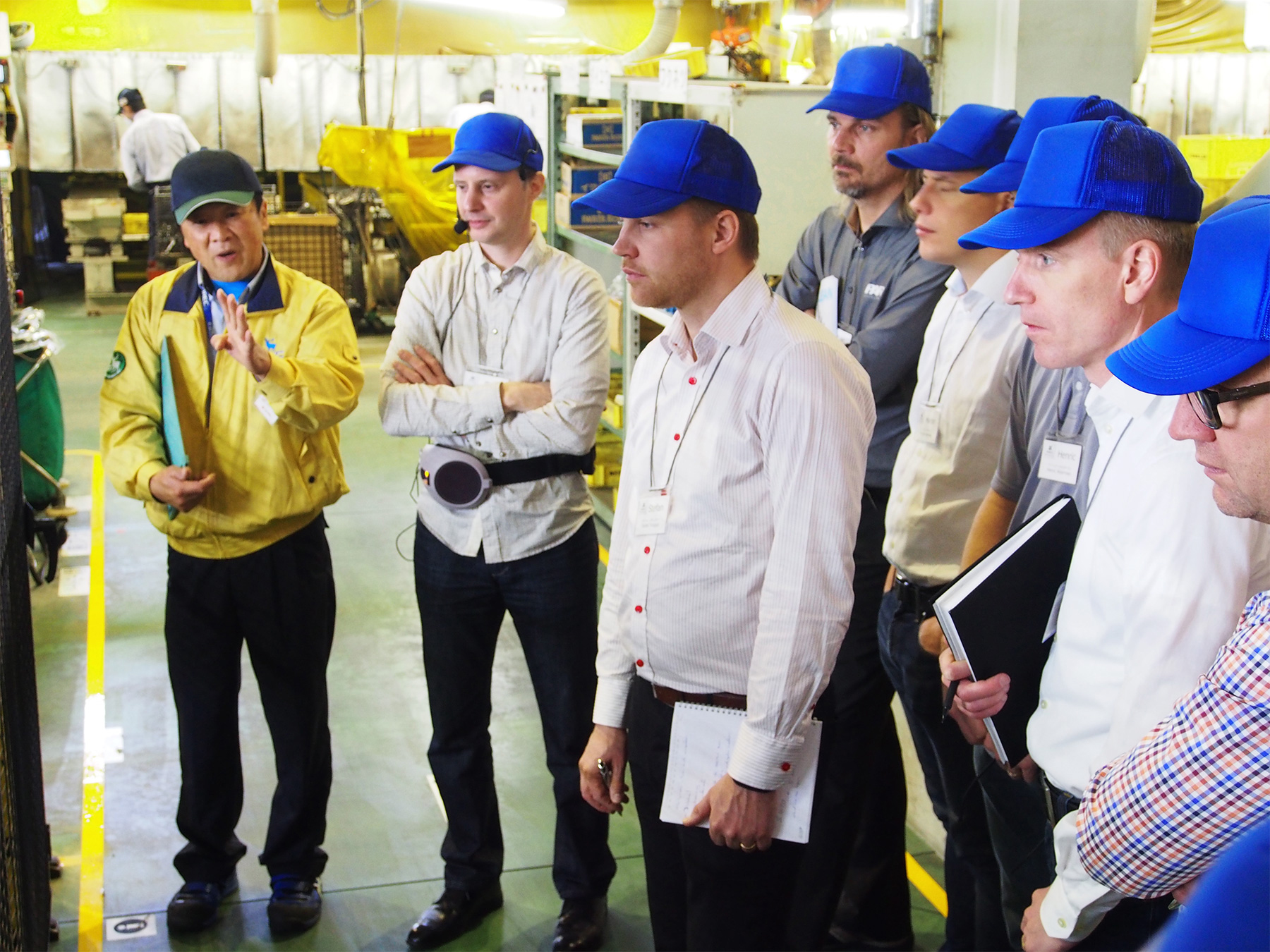Batch production is killing your lead time

Recently I have been talking about the use of Kanbans, or visual indicators, to control production schedule and improve just-in-time processes or manufacturing.
One of the really interesting things about this is that traditionally we think of Kanbans as something like a card or some kind of indicator type arrangement that tells us how much to produce at a time- as a visual and physical aid to ensure that we don’t overproduce.
But all too often we use our Kanban and create too big a batch
We think we’re doing this to improve the time spent on changeovers, processes, moving from one process to another, on machinery, changing over tooling, or whatever it might be. We create these oversized batches because we see the changeovers as a non-value add. They are business-critical, but not value-adding to the process, or to the customer.
However, when we incline ourselves towards big batch production, we actually end up with a net loss in our productivity. We might feel very productive whilst we’re producing that batch, but it doesn’t get us closer to the customer or to the end of the process.
Lead time actually increases- we have a net gain in our lead time to produce a product or service for a customer!
Picture this
Picture the outcomes if we only carry out a particular process, provide a service, or create a certain product on Thursdays. This means that a customer who puts in an order on Friday has to wait a whole week before their order is made with the rest of the batch the following Thursday.
You can see how quickly lead time is increased. This is where we use the paper aeroplane game to effectively simulate production in different batch sizes, demonstrating what happens when batch sizes are reduced. It very clearly shows the impact on profitability and work-in-progress of small batch production and the benefit of keeping more in line with customer demand.
Play to learn
At a recent Makoto workshop, we ran the paper aeroplane game for a client’s operations team. The aeroplanes simulate a typical business, be it the production of physical goods, or a service-based business, like insurance. Participants were directed to start with quite high batches- we said they need to produce in batches of six, reduce their changeover times and so on.
This resulted in a lot of costly work in progress being stuck in their business, no lead time to speak of. The work in progress cost a lot to carry as a result of the labour, overheads, and materials it locked up, resulting in a gross loss of $48M (the aeroplanes attracted a sale price of $3M dollars each, for the purpose of the simulation)!
In the second round, participants were directed to reduce to batches of three paper aeroplanes. We changed our Kanban, or our visual indicator, down, to say “If you see a batch of three is ready, now you can start working on it.”
Their working progress reduced significantly with the first batch produced in about three minutes. They had 50% more setups, but a gross profit of $15M!
Now we went to a batch of one in the third round. And what do you know!? The first plane came through in under a minute. When working on a batch of one, there may be plenty of setups, but we have a very fast lead time.
The work in progress carrying costs and the material costs were dramatically reduced. And so, even though fewer planes were produced gross profit rose to $29M! At this point, most people are astounded how much difference it makes having a Kanban with a small batch quantity.
This completely flies in the face of setups being a problem
It demonstrates the importance of maintaining a short lead time. We then took the paper airplane game a step further: we applied these principles to their own situation and ran the simulation.
We worked on their batch size. We applied modifications throughout subsequent rounds to a point where these modifications could actually be implemented in their business, generating a really strong low-cost efficient and sustainable process.
Take advantage of the opportunity to help your team learn more about the power of good Kanbans and one-piece flow. Contact us.
or
Check out our Capability Training options.
or
Book a discussion to find out how we can help your business.
Respect,
Daniel.
Subscribe for updates
We provide free updates and advice regularly to help you improve your business and leadership skills, and for exclusive content there is a paid subscription too!
Follow us on YouTube
Our YouTube channel is a must for Leaders in business who want to empower their teams and improve their processes. You'll find plenty of our current thinking there
Build your Capability with our Members Program

We do consulting differently, in that we believe in building your capability to improve - we want to provide you with the secrets to success, not keep it all to ourselves! Our exclusive Member Program coaches you to be a great Leader, to empower your people to drive improvement, and identify large gains in employee engagement, quality and performance.
Talk to a consultant
We love to have a chat. We also like to make sure we have time just for you. You can book a chat and we can discuss your continuous improvement journey. We are happy to provide as much obligation-free advice as we can during the call, including what would be the recommended next steps for you to take.

